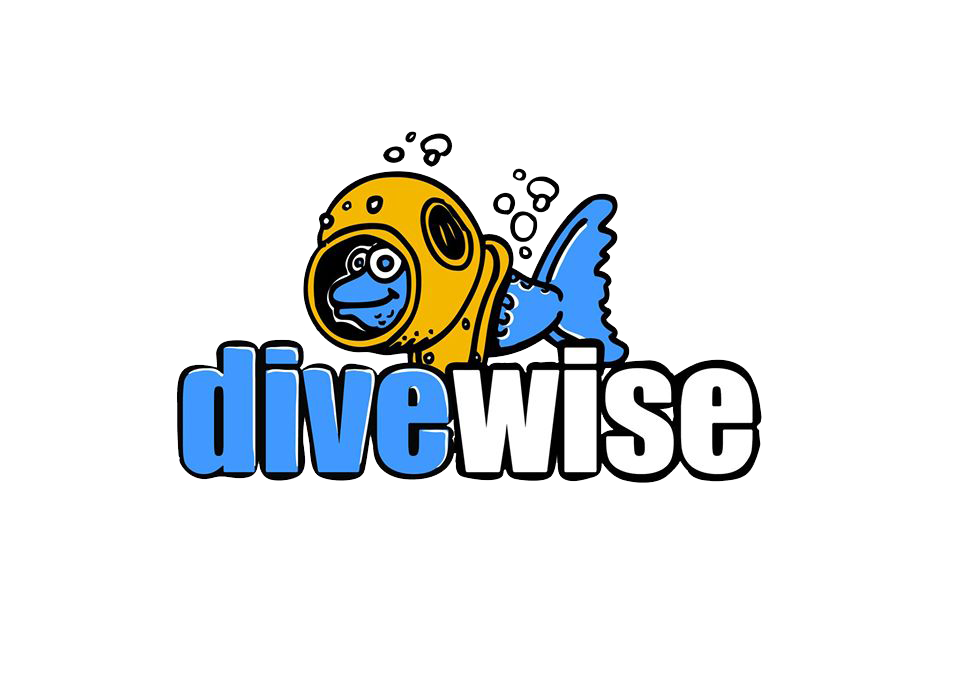Hi folks, thanks for reading the article below. Hope it is another educational piece for you.
This piece is all about Crinoids, or more specifically Comatulids. For those not familiar to the afore mentioned names, Feather stars.
CONTENTS
What is a feather star
BODY are from the Phylum Echinodermata, marine invertebrates which also include starfish, brittle stars, sea cucumbers, sea urchins, sand dollars and crinoids. Comatulida is an order of crinoids.
There are only about 600 living species of crinoid, but the class was much more abundant and diverse in the past. Some thick limestone beds dating to the mid to late Paleozoic era (542 million to 251 million years ago) are almost entirely made up of disarticulated crinoid fragments.
The name "Crinoidea" comes from the Greek word κρίνος (Krinos), "a lily", with the suffix – oid meaning "like". They live in shallow water and down to depths as great as 9,000 meters. Those crinoids, which in their adult form are attached to the sea bottom by a stalk, are commonly called sea lilies. The unstalked forms are called feather stars or comatulids, being members of the largest crinoid order, Comatulida.

Body structure
I am going to focus my attention on comatulids (feather stars). Like other echinoderms, comatulids have pentamerous symmetry (having parts arranged in groups of five) as adults. The larvae however have bilateral symmetry. Late in the larvae’s development, the larvae are attached to the seabed by a stalk, but this is broken at metamorphosis and the juvenile comatulid becomes free moving. The body has an endoskeleton made from several articulated calcareous plates known as ossicles, covered by a thin epidermis. The calyx (body) has a central mouth and an anus near the edge, the gut being U-shaped. There are appendages called cirri which are slender tendrils or hair like filaments near the base of the aboral underside (furthest from the mouth). Cirri grip the substrate to keep the feather star in place. There are five primobrachial arms that sprout from the calyx. Each of these is further subdivided into brachials, of which there are two. From these, branch the pinnules (these make it look like feathers).

How do they eat
Comatulids are suspension feeders. Their arms are extended and held in such a position as to maximise the feeding surface in relation to the current.The arms are fragile, and if one is broken off, at least two grow in its place; in this way the number of arms can increase. The arms are composed of articulating ossicles held together by ligaments, and the pinnules have a similar structure. The arms are very flexible and can be spread widely or coil up. They catch their prey on the pinnules and it is then moved down the arm via grooves lined with cilia covered by plates or lappets, all the way to the mouth.

Gender
Comatulids are dioecious, ie each individual being either male or female. The gametes are produced in specialised pinnules at the base of the arms, and fertilisation is external. The larvae are planktonic and drift with the water flow. After several larval stages they settle on the seabed and anchor themselves with a stalk. At metamorphosis, the stalk breaks and the juveniles can move around.

Where do they live
Many comatulids live in crevices, under corals or inside sponges, the only visible part being some of the arms. Some come out at night and perch themselves on protuberances to feed. Many species can locomote across the seabed, raising their body on their arms. Many can also swim with their arms, but most are largely sedentary, seldom moving far from their chosen place of concealment.
The picture below is my own image, taken on the Karwela (a wreck off Gozo). It is the one place I can sometimes find them.

I’ve included this picture below as it shows you clearly the cirri holding the animal to the substrate.
 Thanks for reading. Hope it has given you a little insight to what is quite a splendid creature. Onto my next subject, wonder what that’s going to be?
Thanks for reading. Hope it has given you a little insight to what is quite a splendid creature. Onto my next subject, wonder what that’s going to be?
Written By : Sarah Shaw




